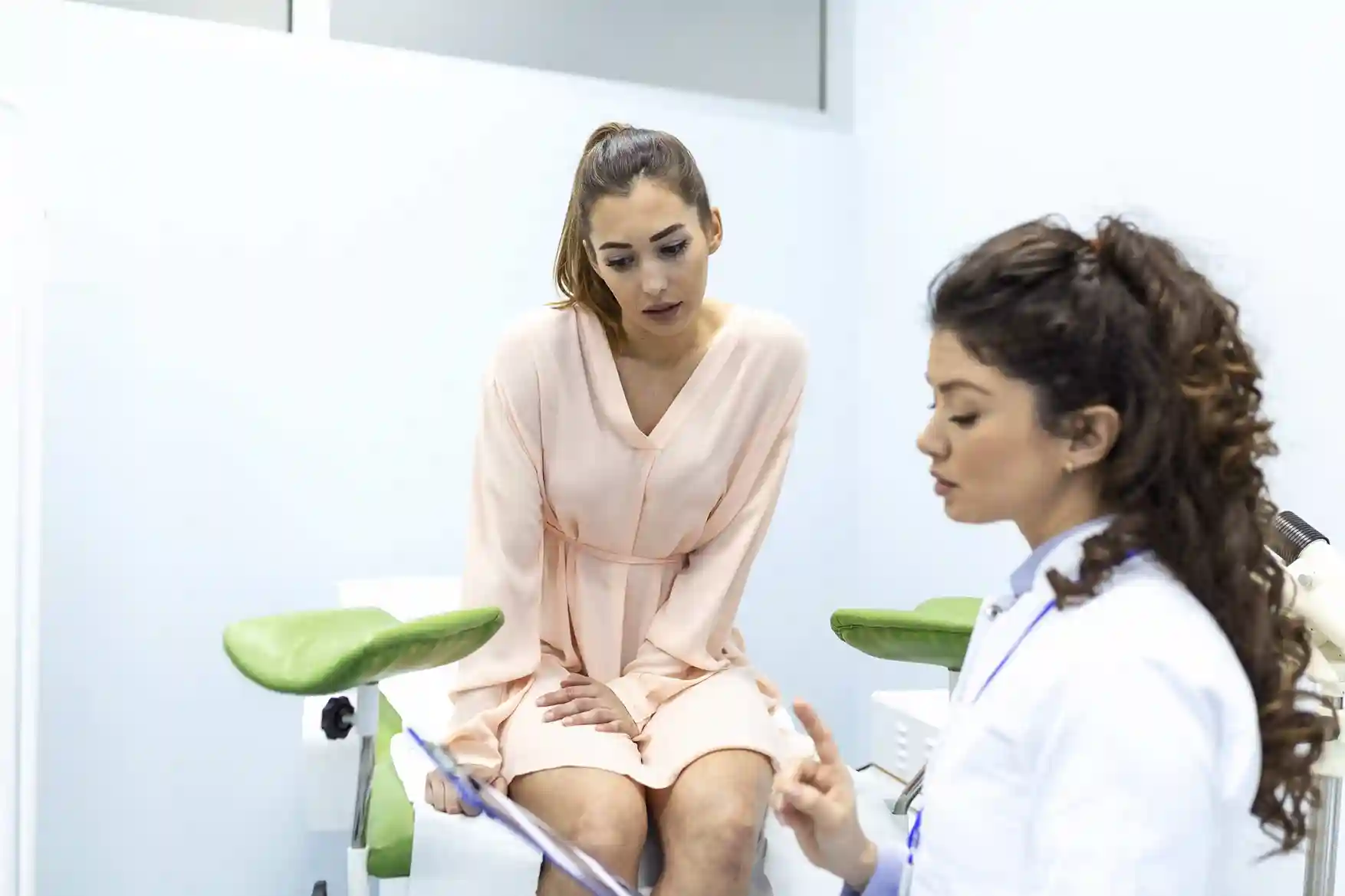
Last updated: 14-10-2022
Bacterial vaginosis (BV) is a common vaginal infection often missed and not treated early enough due to lack of awareness about its symptoms. This article explores why BV happens again and again, its symptoms, and what you can do about it.
What is Bacterial Vaginosis (BV)?
BV is when harmful bacteria upset the balance of good bacteria in your vagina. It's more likely if you have sex, especially with new or many partners, and if you douche. Pregnant people are also more likely to get it because of changes in their bodies during pregnancy.
BV is different from yeast infections. BV is caused by too much bacteria, while yeast infections are caused by too much fungus.
What causes BV?
Having sex, especially with new or many partners, and practices like douching can raise your chances of getting BV.
Symptoms of BV
You might not have any symptoms of BV, but if you do, they could be:
-
A burning feeling when you pee
-
Itching or irritation around your vagina
-
A gray or white discharge with a fishy smell
-
A fishy smell after sex
Why does BV happen again?
BV often happens again if you have sex. But there are things you can do to stop it from happening:
Preventing BV from coming back
-
Keep your vagina clean: Rinse with warm water and avoid douching.
-
Wear comfortable underwear: Choose cotton underwear and use a mild detergent.
-
Try boric acid suppositories: But don't use them if you're pregnant.
-
Use protection: Use condoms or dental dams every time you have sex.
-
Keep your vaginal pH balanced: Use products with lactic acid to help keep the right pH in your vagina.